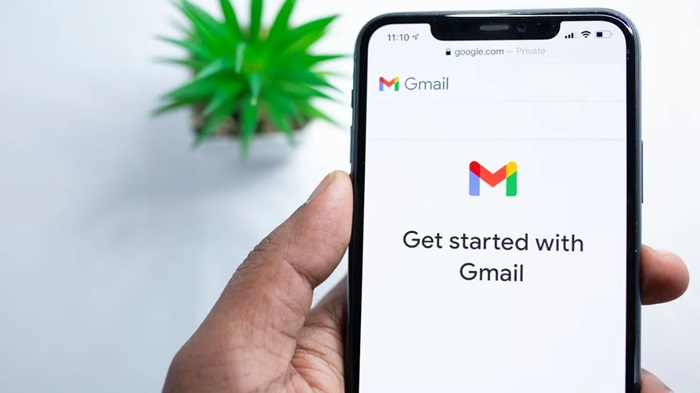Google is reportedly testing a new type of ecommerce ad format within the Gmail app, potentially transforming how product promotions are displayed to users. The experimental feature, spotted in the Promotions tab of Gmail for Android and iOS, enables advertisers to showcase visually rich, interactive shopping ads that can expand to reveal detailed product information.

According to a recent report, Gmail’s Promotions tab – already home to targeted ads – could soon display much larger, expandable product ads. These ads are designed to mimic ecommerce listings, with support for multiple product images, names, pricing, ratings, and even direct purchase links.
The new ad format was discovered by Thomas Eccel, Head of Google Ads at JvM Impact, who shared a screen recording on LinkedIn. The demo shows a rectangular, image-based ad nestled among emails in the Promotions tab. When tapped, the ad expands into a richer layout featuring more than one product, along with pricing details, discounts, customer ratings, and a call-to-action (CTA) button for purchases.
These product listings appear to be connected to advertisers’ product feeds – likely pulled from the Google Merchant Center – allowing for automated population of product data including images, descriptions, and links.
The sample shown by Eccel featured two swimming pool cleaning devices. Initially, one product with its name and price was displayed. Upon expansion, both products were shown along with a link to the store and a CTA button.
This test positions Gmail as one of the first Google services to support native ecommerce-style advertising in this format. While current Gmail ads are often text or static image-based, this upgrade offers a more immersive shopping experience that could drive higher engagement and conversion rates.
Though Google hasn’t yet updated its official documentation to reflect the rollout of these interactive Gmail ads, the move suggests a broader push toward ecommerce integration across Google platforms. If successful, the same ad format may later appear on other apps such as Google Maps, YouTube, or the Discover feed.
For now, users and marketers alike will need to wait and see whether this feature moves beyond the testing phase, but if it does, Gmail could soon double as a discovery platform for online shopping.

